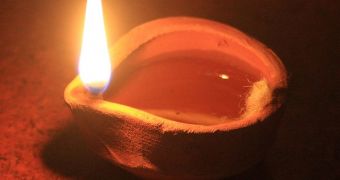India struggles to follow the green trend while letting its 1.21 billion inhabitants enjoy the benefits of earth-friendly energy. This is the second most populous nation all across the Globe, but its resources aren't divided in an equitable manner.
While some people enjoy prosperity and opulence, a more significant segment struggles to overcome poverty.
Out of 120 million children who go to school every day, the activity of up to 70% of the pupils depends on light provided by traditional oil lamps. At this point in time, experts try to bring innovative technologies closer to the financially challenged individuals from India.
Their initiative is supported by India’s Rural Development Minister D. M Vara Prasada, who has recently affirmed that alternative sources of energy are a key factor in achieving a healthier lifestyle.
In many regions severely affected by poverty, lightning methods involve the usage of kerosene, LPG, and other toxic fuels which put the wellbeing of local people in danger.
As an efficient response to this issue, Dr. Ranganayakulu Bodavala has launched a limited company which will be able to offer LED LIGHTS on a large scale, almost managing to solve the puzzle of electricity distribution in rural areas.
While implementing this altruistic idea, OneChildOneLight will make sure that every Indian child will be able to rely on a safe, non-polluting, efficient source of light until 2014.
The LED revolution involves simple steps which do not require a significant financial effort. Pupils will be able to read their favorite books even at night without taking any unnecessary risks, while using less than a quarter watt. Its manufacturers say that their technology offers up to 50 times more usable light than its traditional competitors.
While depending on a standard mobile charger or on the solar power, the LED Lights can provide light for a long period of time without threating the safety of its users. It reduces the CO2 emissions while making sure that toxic chemical compounds don't harm the individuals who educate themselves through reading.
India will scale up its efforts to replace the hazardous, traditional energy with reneawbles, a long-term goal which has become one of the nation's priorities.
Despite the fact that such a measure would imply a considerable period of time to prove its success, authorities hope that all the Indian children will be taken out of the dark by 2014.

 14 DAY TRIAL //
14 DAY TRIAL //